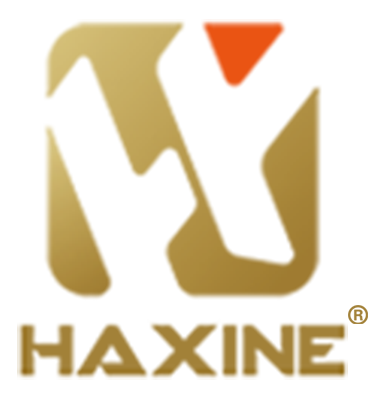The Importance of Staircase Railings in Architecture and Design
Staircase railings are an integral part of architectural and design elements in both residential and commercial spaces. Beyond their main functional purpose, they contribute significantly to the overall aesthetic appeal, safety, and user experience of a staircase.
 Safety and Security:
Safety and Security:
Staircase railings play a crucial role in ensuring the safety and security of going up and down stairs. Providing a sturdy railing system helps prevent accidents, especially in high-traffic areas or locations with steep or winding staircases. They offer stability, balance, and a sense of confidence, particularly for children, the elderly, and individuals with mobility challenges.
Architectural Integration:
Staircase railings are not merely functional; they are also architectural elements that contribute to the overall design aesthetic. Whether it’s a modern, minimalist staircase or a grand, ornate staircase, the railing design can enhance the visual appeal and complement the surrounding architectural style. The choice of materials, such as sleek metal, warm wood, or transparent glass, can create a harmonious blend with the overall design concept.
Design Versatility:
Staircase railings provide designers and architects with opportunities for creative expression. They can be customized to match the specific design theme or reflect the client’s preferences. From intricate patterns and decorative motifs to unique shapes and textures, railings offer endless design possibilities. This versatility allows for the creation of visually stunning staircases that become focal points within a space.
Spatial Division and Flow:
Staircase railings serve as visual and physical dividers within a building, separating different areas while maintaining a sense of openness. By defining spaces, railings help in organizing traffic flow and guiding individuals through a building. They can also create visual connections and continuity between different levels, enhancing the overall spatial experience.
Acoustic Control:
In addition to their visual and functional aspects, staircase railings can contribute to acoustic control within a building. By incorporating materials with sound-absorbing properties, such as certain types of glass or fabric panels, railings can help reduce noise transmission between floors. This feature is particularly beneficial in commercial spaces with high foot traffic, where noise management is crucial for comfort and productivity.
Staircase railings are not mere accessories but essential elements in architecture and design. They provide safety, architectural integration, design versatility, spatial division, and even acoustic control. By understanding the significance and potential of staircase railings, architects and designers can create remarkable staircases that harmonize functionality, aesthetics, and user experience, ultimately enhancing the overall quality of a built environment.

 +86 159 6420 9667
+86 159 6420 9667  sales@haxrailing.com
sales@haxrailing.com 



